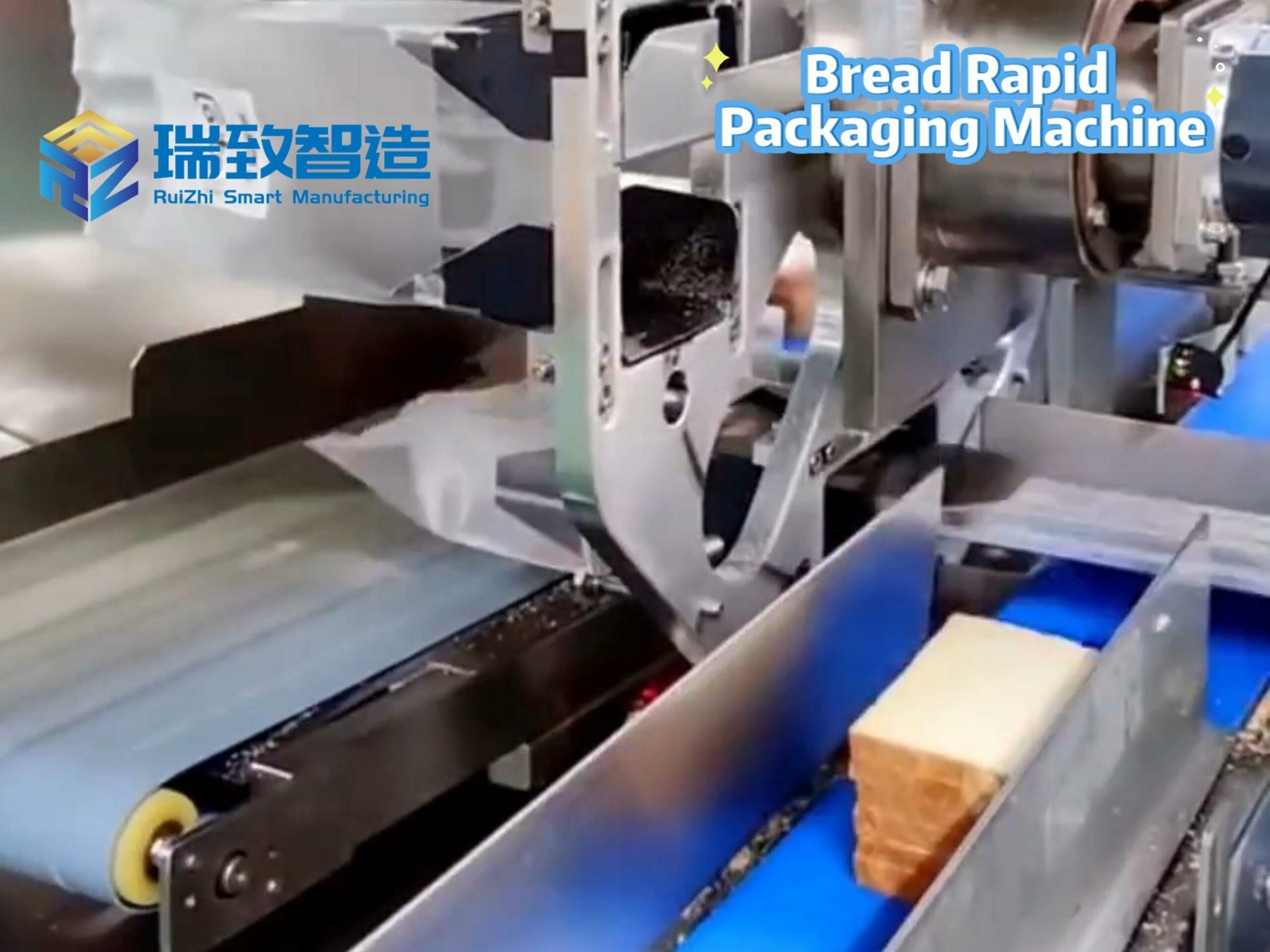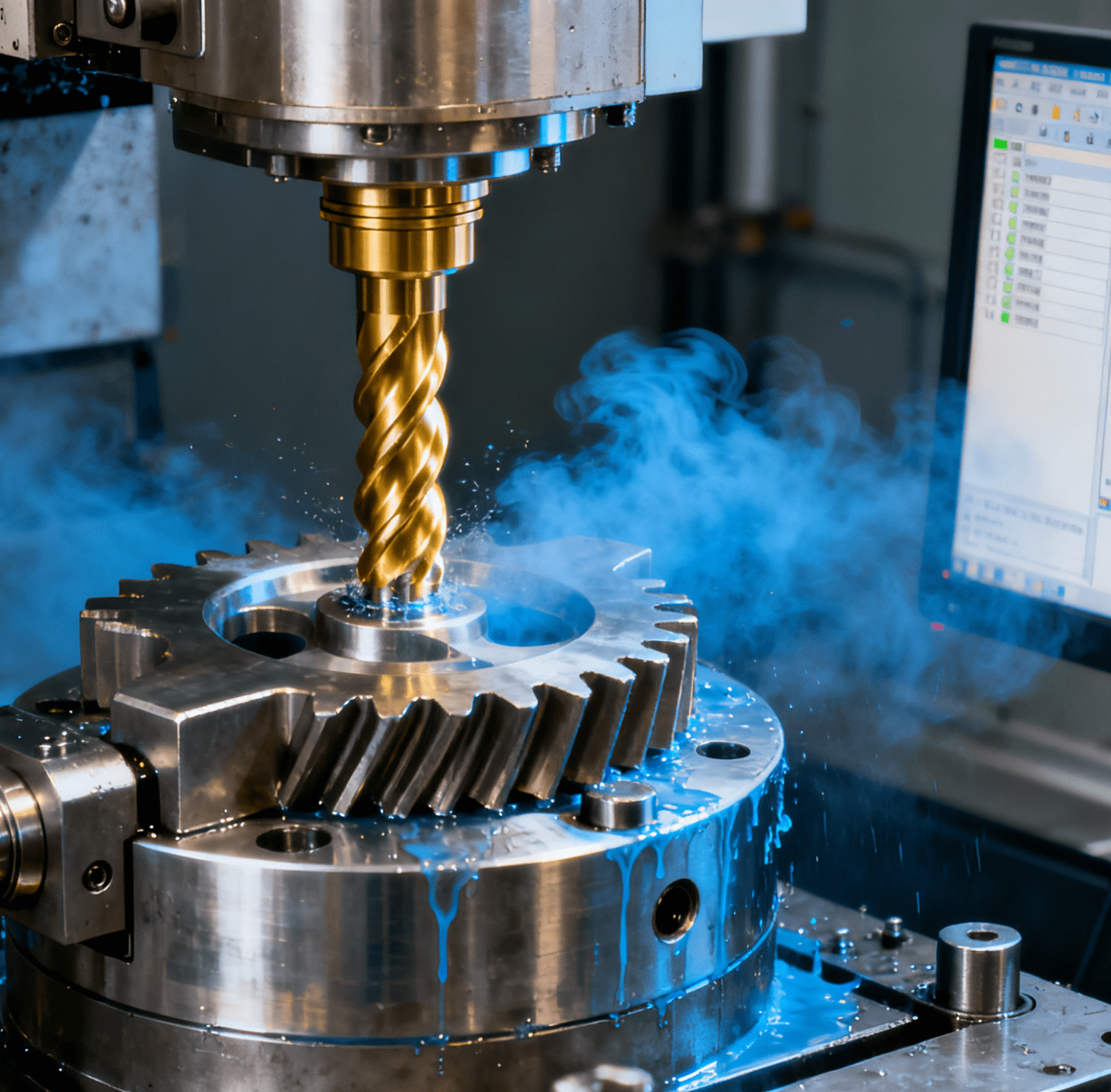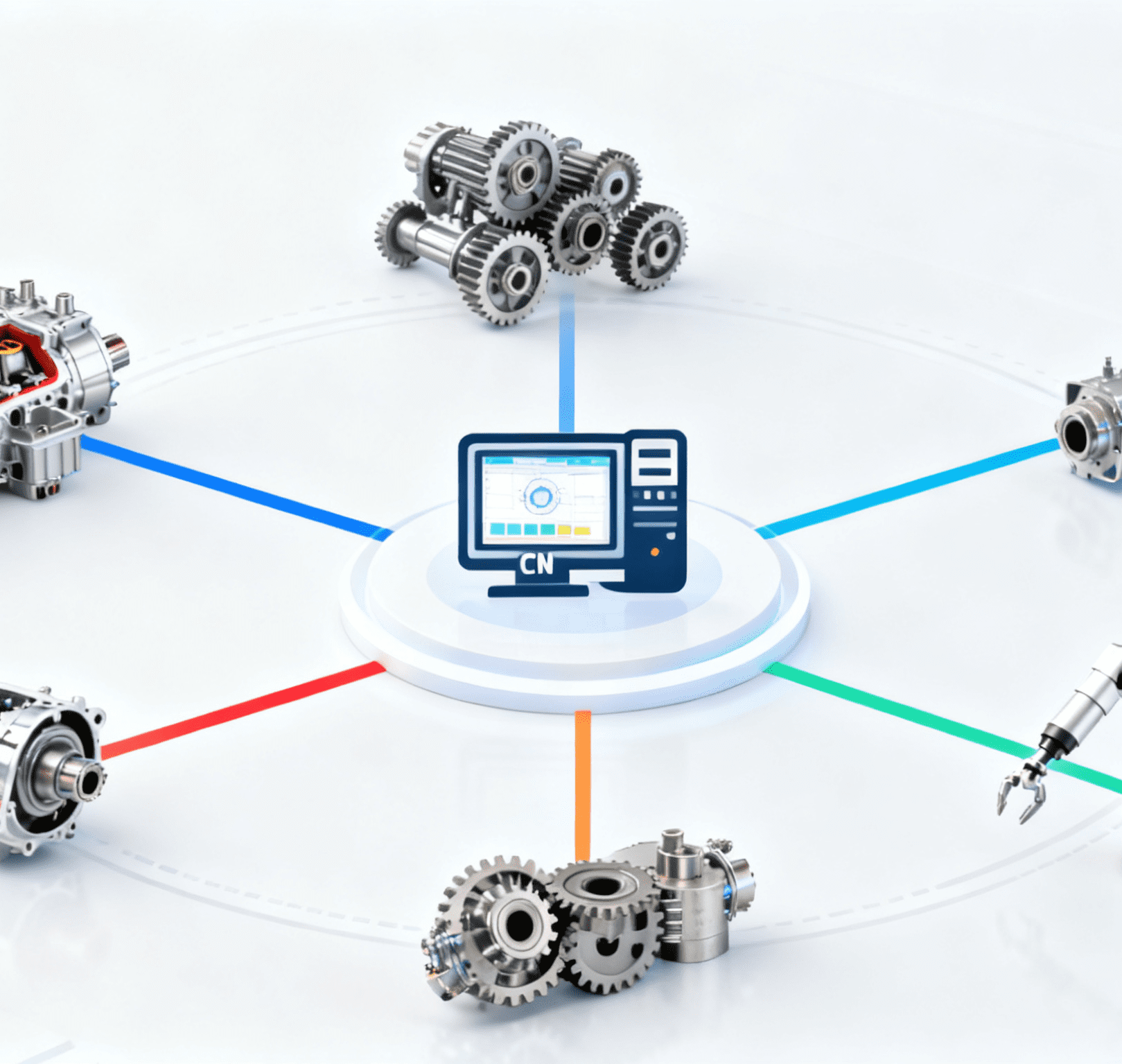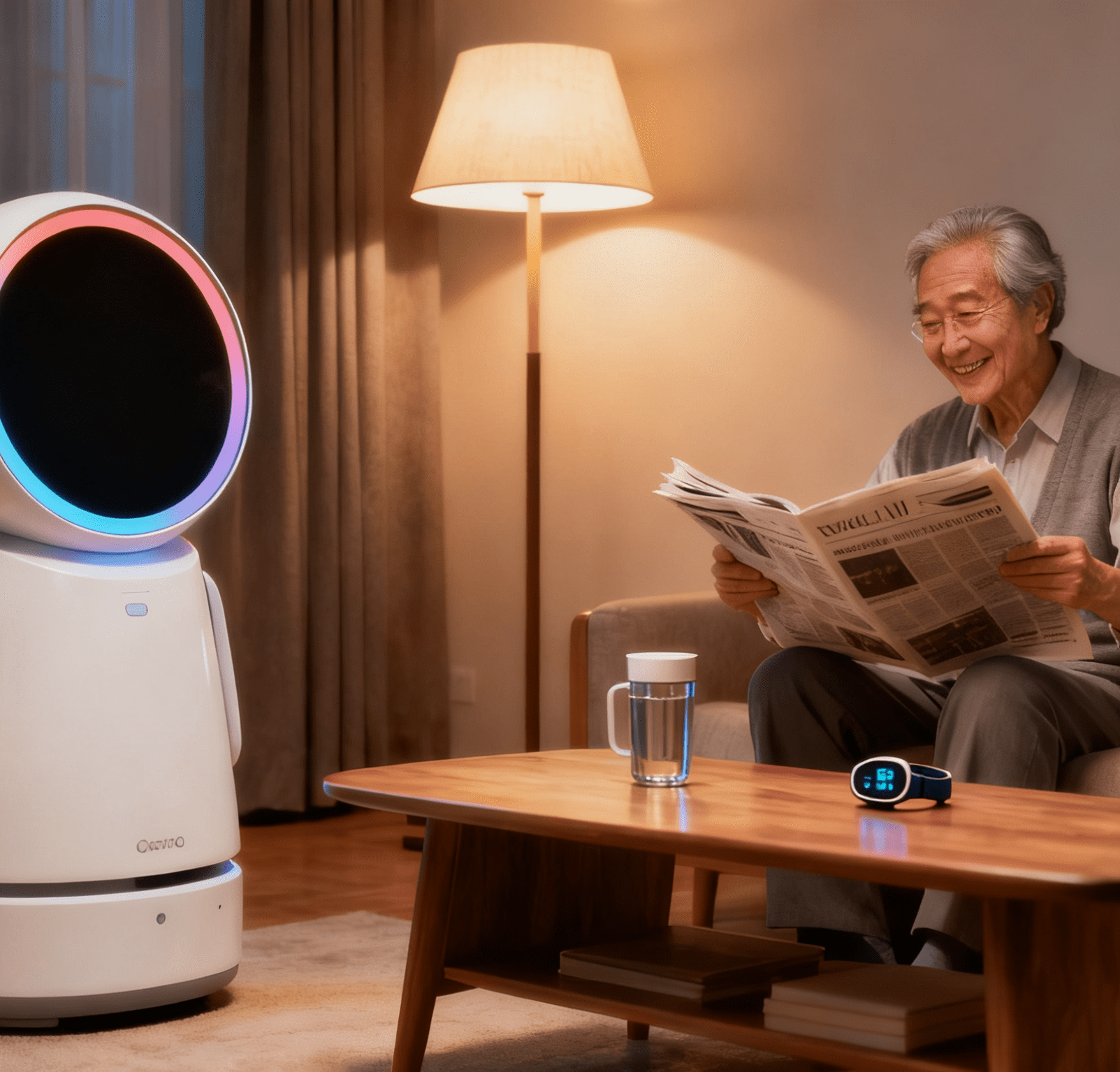Table of Contents
ToggleAI-Powered Drones and Intelligent Automation Redefine China’s Skies: Where Industrial Automation Meets Aerial Innovation
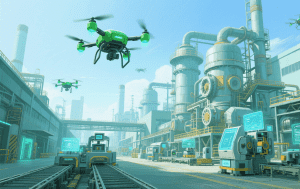
SHENZHEN, May 26 (Xinhua) — China’s drone industry is accelerating into a new frontier of intelligent automation, where artificial intelligence (AI) transforms unmanned aerial vehicles (UAVs) from mere automation equipment into autonomous cognitive systems. At the intersection of industrial automation and cutting-edge robotics, these AI-driven drones are reshaping sectors from infrastructure maintenance to disaster response, proving that “intelligence takes flight” that’s as pragmatic as it is revolutionary.
A New Era of Cognitive Capability
At the ninth Drone World Congress in Shenzhen, 825 enterprises unveiled over 5,000 drone models, with intelligent automation taking center stage. These systems no longer rely solely on human pilots; instead, they integrate AI, machine learning, and advanced sensors to perform complex tasks autonomously. For example, DJI’s Matrice 4E drone, equipped with industrial automation-grade neural processors, demonstrated its prowess at the 1,300-year-old Nankan Grottoes in Sichuan Province. By autonomously generating precision flight paths along curved cliff faces, the drone captured 18 GB of imagery and produced a detailed 3D model in just 1.5 hours—tasks that once required weeks of manual labor.
“This isn’t just about replacing human operators,” explained Cui Yu, a solutions engineer at DJI Industrial Applications. “It’s about embedding intelligent automation into automation equipment, allowing drones to make real-time decisions, adapt to dynamic environments, and streamline workflows that were once too risky or resource-intensive for traditional industrial methods.”
Industrial Automation Takes to the Skies
The convergence of drones and industrial automation is most evident in sectors like power infrastructure and disaster response. At smart grids, AI-powered drones with lightweight edge computing chips now operate from autonomous “drone nests.” These systems self-launch for routine inspections, use computer vision to detect equipment anomalies, and even return to swap batteries without human intervention—an embodiment of automation equipment optimized for 24/7 industrial efficiency.
In disaster zones, companies like Autel Robotics are deploying drones as mobile hubs for intelligent automation. During landslides or earthquakes, their UAVs fly into high-risk areas to create real-time 3D terrain models, cutting rescue planning time from hours to minutes. “We’re not just capturing data; we’re enabling drones to ‘understand’ their environment,” said Autel’s marketing director Liu Guozheng. “Soon, they’ll coordinate with ground robots, using embodied AI to execute cross-system missions—like directing excavators to clear debris while monitoring survivor signals.”
Innovations Beyond Aerial Boundaries
Shenzhen’s drone industry is also pushing the boundaries of automation equipment through interdisciplinary innovation. Wisson Robotics, for instance, has merged biomimetic robotics with aerial platforms, creating drones with flexible robotic arms capable of replacing navigation lights on the Yangtze River or clearing debris from solar panels during storms. “Tactile AI gives these drones a ‘sense of touch,’ allowing zero-contact operations in high-turbulence environments—something rigid mechanical systems could never achieve,” explained Cheng Hui of Wisson, showcasing a drone lifting objects three times its weight using adaptive grippers.
Challenges and the Road Ahead
Despite these leaps, the integration of intelligent automation and industrial automation in drone technology faces hurdles. Battery life remains a bottleneck for long-duration missions, while electromagnetic interference can disrupt autonomous navigation. Regulatory frameworks, too, are struggling to keep pace with rapidly evolving capabilities, particularly in areas like data privacy and airspace management. “As we scale automation equipment for industrial use, safety and sustainability must be non-negotiable,” stressed Drone World Congress Secretary-General Yang Peng. “We need standards that balance innovation with responsibility.”
The Sky’s the Limit for Intelligent-Industrial Synergy
As China’s drone industry continues to soar, the marriage of intelligent automation and industrial automation is set to redefine not just aerial technology but entire sectors. From heritage preservation to smart cities, these AI-powered automation equipment systems are proving that cognitive capability aloft can drive efficiency, safety, and sustainability on the ground.
In Shenzhen—often called China’s “drone capital”—the message is clear: The future of flight is not just about altitude but intelligence. And as intelligent automation becomes the backbone of industrial innovation, the sky is no longer the limit—it’s just the beginning.

